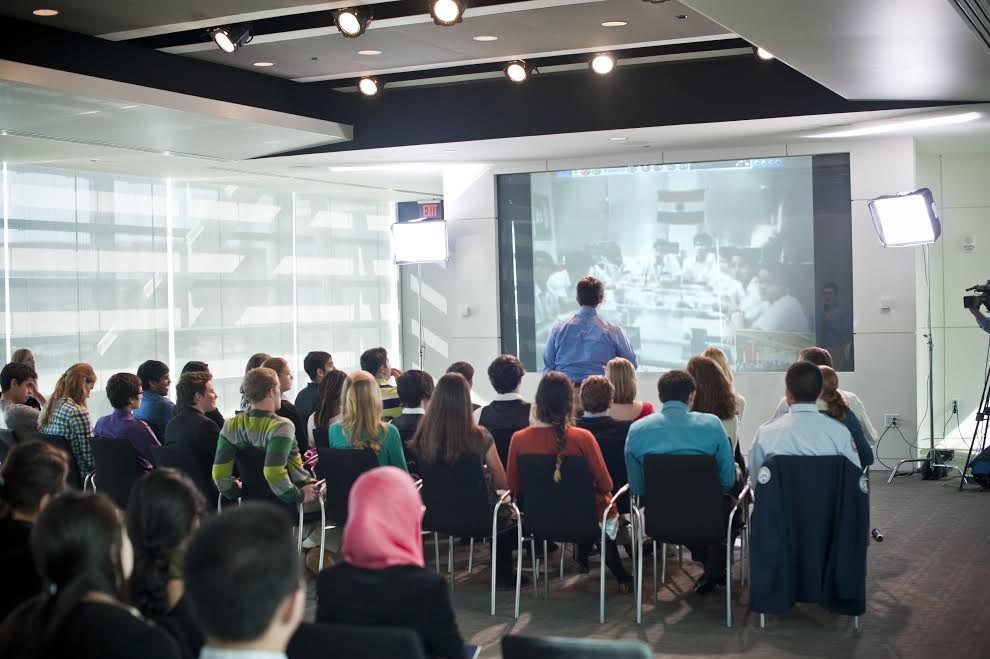In paraphrasing Jeannette M. Wing’s definition of computational thinking, it deals with providing solutions to complex problems, creating effective systems, and having a good understanding of how humans behave. This process involves actively utilizing the central concepts of computer science and comprises a wide assortment of intellectual tools which echo the extensiveness of computer science as a field.
It is pertinent to delineate computational thinking from what it is not. For example, although it is typically confused with programming/coding, this is not the entirety of computational thinking. It is an evolving model that can even be carried out without using a computer.
The International Society for Technology in Education has already pinpointed that as soon as teachers see how much computational thinking can be utilized outside the definite usage of computers, it will be catalytic in learning and promoting curiosity among growing students.
Computational thinking has four subsets: decomposition, pattern recognition, algorithms, and abstraction. Together, these valuable areas form the benefits of computational thinking. These benefits include:
Decomposition: This subset of computational thinking is all about taking things apart. Budding engineers may delight in finding this mindset’s hands-on applications as they develop and grow their comprehension of complicated materials one step at a time. Kids, who’re this kind of learners, may join a robotics club at school. Outside of STEM, decomposition skills become useful when tackling societal issues, learning a new language, and comprehending the far-reaching effects of historical events.
Pattern recognition: Programmers utilize pattern recognition all the time to identify the most effective means of solving problems, and it’s crucial to fields like artificial intelligence, machine learning, and data science. Insightful, efficient pattern recognition is beneficial to children, whether they’re leveling up their chess game or enhancing the user experience of the latest app.
Algorithms: Algorithm design is all about identifying the fastest and most streamlined means of accomplishing the desired result. They organize pieces of information so that they can be put to the most effective application, such as finding exactly what a person is looking for in Google. Learning about coding algorithms is a wonderful way to begin exploring computer science.
Abstraction: In the context of computational thinking, abstraction means focusing only on the most important elements of an idea. Whether in editing a written masterpiece or perfecting a line of code, abstraction comes in handy when children need to focus without concentrating on small details.
Children will become more effective critical thinkers, planners, communicators, and problem-solvers by developing their computational thinking.








